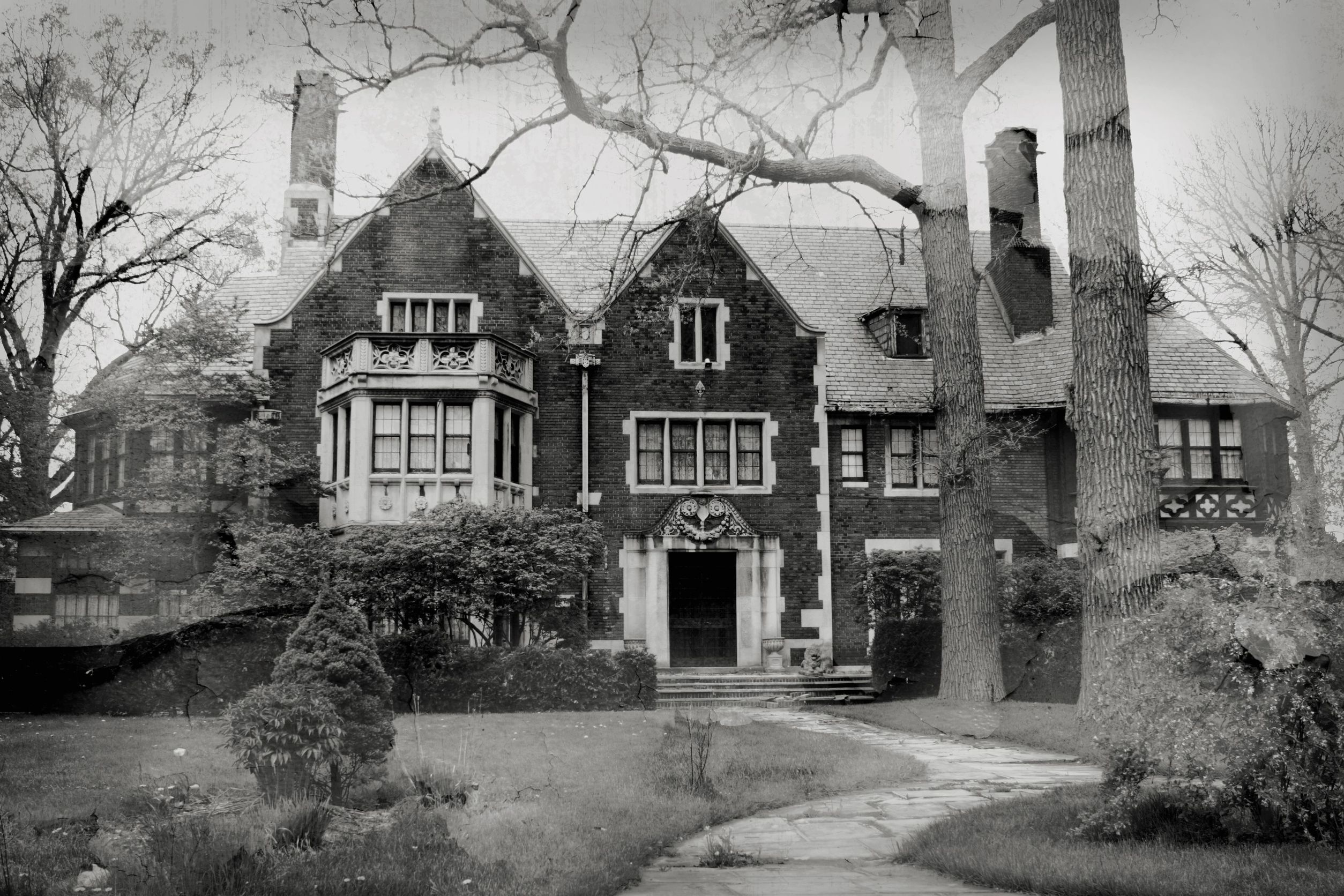Synopsis
 Oscar Wilde's tale of an American family moving into a British mansion, Canterville Chase, much to the annoyance of its tired ghost. The family, which refuses to believe in the ghost, is in Wilde's way a commentary on the British nobility of the day, and on Americans, too. The tale, like many of Wilde's, is rich with allusion, but ends as sentimental romance. This adaptation, designed primarily for a small touring company, is aimed at audiences over the festive season, and was re-worked to take place at Christmas. It includes carols, which the audience can join in with if they so wish. Oscar Wilde's tale of an American family moving into a British mansion, Canterville Chase, much to the annoyance of its tired ghost. The family, which refuses to believe in the ghost, is in Wilde's way a commentary on the British nobility of the day, and on Americans, too. The tale, like many of Wilde's, is rich with allusion, but ends as sentimental romance. This adaptation, designed primarily for a small touring company, is aimed at audiences over the festive season, and was re-worked to take place at Christmas. It includes carols, which the audience can join in with if they so wish.
The plot centres around the story of a family's relationship with a haunted house and the ghost who resides there. It begins with a warning to the Otis Family, who want to move into Canterville Chase, the ancestral home of the Canterville family. Mr Otis ignores the warning and moves his family into the house anyway. They are met with their first problem: a blood stain on a wall. Mrs Otis is bothered by the stain and asks that it be removed. However, the stain dates back to the late sixteenth-century. The cause of the stain is attributed to the former owner, Sir Simon de Canterville, who killed his wife. Now he resides in the house as a ghost, unable to move to the next world.
Sir Simon tries to terrify the Otis Family, but they end up reversing the situation and tormenting the ghost. He uses many disguises only to be humiliated by the family. Towards the end the ghost and Virginia, Mr. Otis' daughter form a bond. She sympathizes with him and accompanies him to the angel of death; whereupon he is freed from having to haunt the Chase. At the same time, she learns life lessons that lead to her own personal enlightenment. Due to this play originally being aimed at audiences over the festive season, the story was reset at Christmas, and included carols, which the audience could join in with if they so wished. Minor adjustments to a few lines could be made for any post-Christmas performances. |
 Loading... Please wait...
Loading... Please wait... Loading... Please wait...
Loading... Please wait...